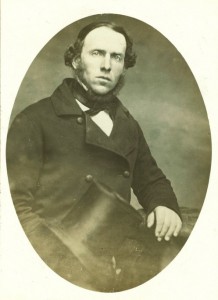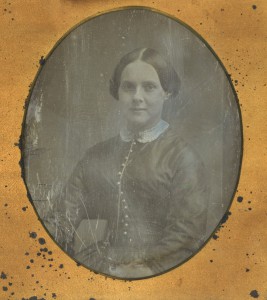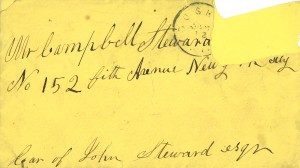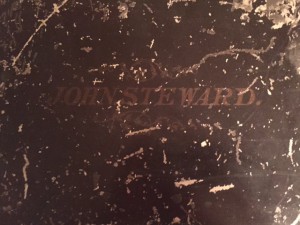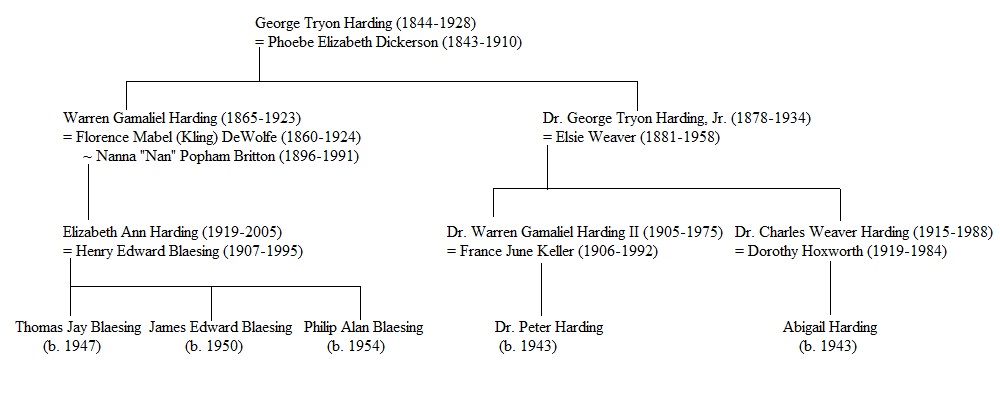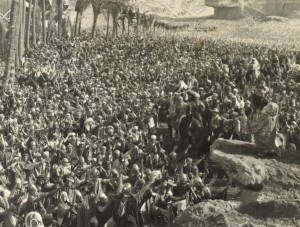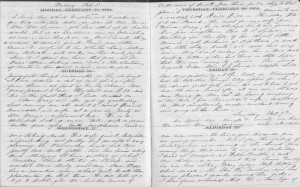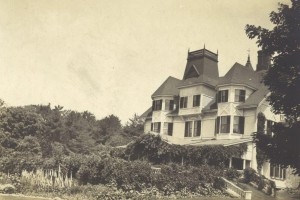Final assessment
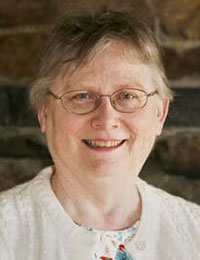 As I tie up loose ends on the Early New England Families Study Project sketch for Richard Newton, it is time to assess the work.
As I tie up loose ends on the Early New England Families Study Project sketch for Richard Newton, it is time to assess the work.
Newton’s sketch is fairly short, four pages at the moment: his birth and ancestry are unknown, he did not participate in town or colony governments, was not in trouble with the courts, and left no interesting biographical highlights. A lot of information was already in print about the Newton family, including a full transcription of Richard’s will in the Newton Genealogy. Continue reading Composition: Part Four
